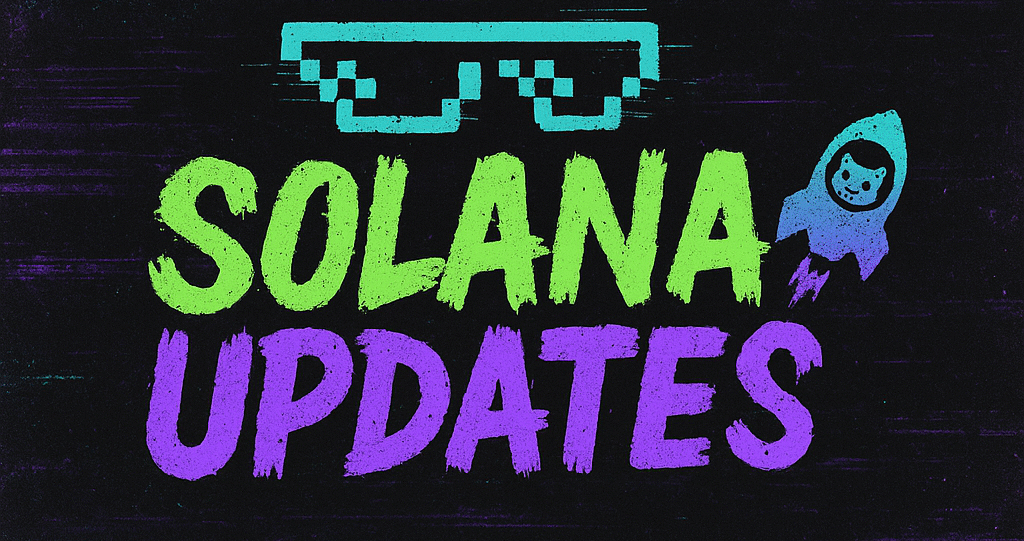Ethereum Transactions Surge Amid SEC Staking Deliberations
Ethereum, the world’s second-largest cryptocurrency by market capitalization, is experiencing a notable surge in transaction volumes. This uptick comes as the U.S. Securities and Exchange Commission (SEC) deliberates on how to classify liquid staking protocols, which are increasingly pivotal to the network’s operation and appeal.
In recent months, Ethereum has seen its transaction volumes reach new heights for the year. Data from various blockchain analytics firms indicate that transactions have soared, reflecting heightened user activity and engagement with the Ethereum network. This spike in activity coincides with the ongoing discussions by the SEC, which are focusing on regulatory frameworks for liquid staking—a method that allows users to earn rewards on their staked Ethereum, while maintaining liquidity.
The SEC’s Staking Dilemma
The SEC’s scrutiny of liquid staking protocols stems from broader attempts to regulate the burgeoning decentralized finance (DeFi) sector. Liquid staking allows users to stake their Ethereum without locking it up, offering a tokenized version that can be used elsewhere, thus preserving liquidity. This innovation has grown in popularity, but it also raises concerns about whether these instruments might be classified as securities under U.S. law.
Gary Gensler, the SEC Chair, has been vocal about his view that many DeFi protocols could fall under the agency’s purview. The classification of liquid staking as a security could have significant implications for both the platforms offering these services and the users participating in them. It could lead to stricter regulatory requirements and potentially impact the operational dynamics of platforms like Lido Finance and Rocket Pool, which dominate the liquid staking market.
Market Reactions and Implications
The current surge in Ethereum transactions can be attributed to several factors, including investor speculation and strategic repositioning in anticipation of regulatory changes. Many users are increasing their on-chain activities, perhaps in an effort to maximize their engagement with staking rewards before potential regulatory shifts.
Moreover, the increase in transaction volumes can also be linked to Ethereum’s diverse ecosystem, which continues to expand with applications ranging from decentralized exchanges (DEXs) to non-fungible tokens (NFTs). The network’s versatility and the innovative applications built on it are likely contributing to the heightened on-chain activities.
Future Outlook
As the SEC continues its deliberations, the future of liquid staking remains uncertain. If the SEC decides to classify these protocols as securities, it could set a precedent for other DeFi innovations, leading to a wave of regulatory adjustments across the industry.
For Ethereum, however, this period of uncertainty is not without its positives. The heightened activity on the network underscores its robust utility and the community’s resilience in navigating regulatory landscapes. Ethereum’s adaptability and the community’s proactive engagement with regulatory developments will be crucial as the network continues to evolve.
In conclusion, while Ethereum’s transaction volumes are reaching unprecedented levels, the broader implications of the SEC’s decisions on staking protocols remain to be seen. Stakeholders in the Ethereum community are watching closely, ready to adapt to whatever regulatory framework emerges.
🛒 Recommended Product: Check out top-rated crypto gear on Amazon


